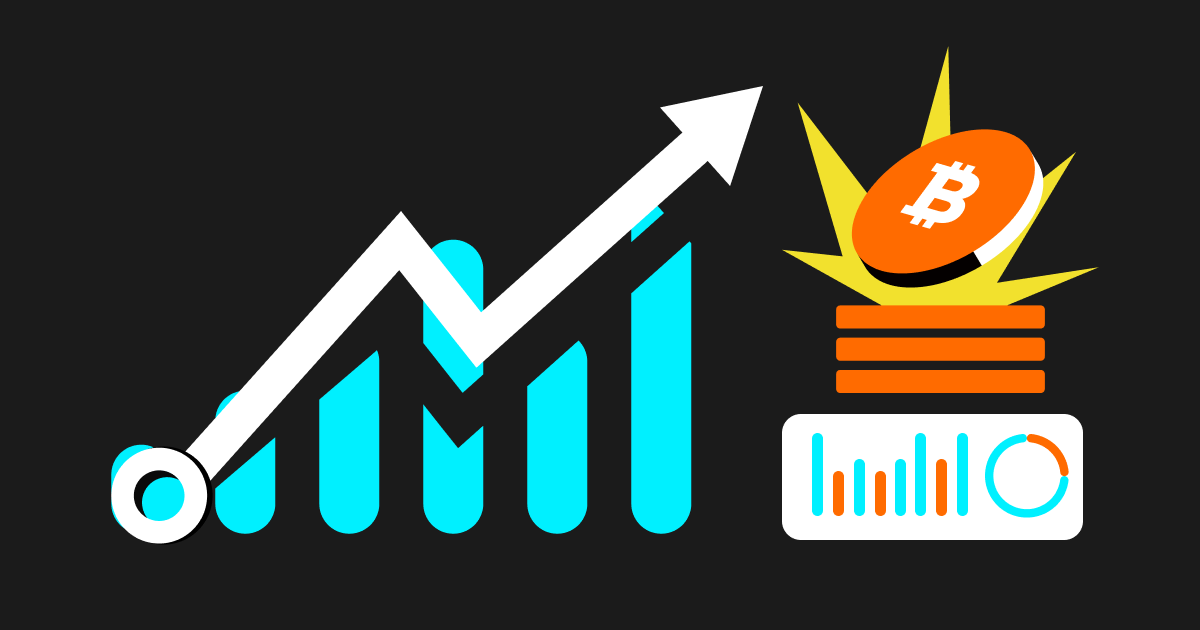
Bitcoin's Future: What the 2024 US Elections Could Mean for the Cryptocurrency Market
As the 2024 U.S. presidential election draws near, the financial world is buzzing with predictions about how it might impact Bitcoin and the broader cryptocurrency market. In particular, Bitcoin’s recent price movements, historical trends, and the stances of leading candidates—Donald Trump and Kamala Harris—are bringing fresh attention to how the election could influence the next big price rally.
To understand what could happen, it’s essential to look at Bitcoin’s historical behavior, the political climate, and some key market factors like its relationship with the SP 500 and the rising demand for Bitcoin call options. Let’s break down these factors and explore what they could mean for Bitcoin’s future.
Bitcoin and the 2024 U.S. Presidential Election
Different Candidates, Different Policies on Cryptocurrency
The candidates’ stances on cryptocurrency reveal a stark contrast in approach. Donald Trump has openly embraced the cryptocurrency industry, advocating for its growth and development. He has indicated a desire to remove Gary Gensler, the current chair of the Securities and Exchange Commission (SEC), who has been perceived as taking a tough stance on digital assets. Trump has even accepted cryptocurrency donations for his campaign and has launched his own decentralized finance platform, signaling his commitment to fostering a pro-crypto environment.
On the other hand, Kamala Harris's position on cryptocurrency remains somewhat ambiguous. While she may continue the Biden administration's stricter regulations, there is speculation that she could adopt a more crypto-friendly stance, given her connections to the technology sector in California. The uncertainty surrounding Harris's approach adds an extra layer of suspense for Bitcoin investors who wonder how her win might impact the market.
Bitcoin’s Historical Performance After Elections
Looking back at past elections, we can see a pattern of bullish behavior in Bitcoin’s price. Following the presidential elections of 2012, 2016, and 2020, Bitcoin experienced remarkable surges in value. After the 2012 election, Bitcoin skyrocketed by 10,640%, reaching a high of $1,137 by December 2013. In 2016, it surged by 2,698%, climbing to $18,970 by December 2017. The trend continued after the 2020 election, with Bitcoin soaring by 386% to hit $69,000 in November 2021.
These historical patterns suggest that Bitcoin could see another strong rally after this year’s election, especially if Trump, the more crypto-friendly candidate, wins. Some analysts predict a jump to around $125,000 by the end of the next cycle, given the historical rate of return decreasing by about half with each cycle.

Bitcoin Magazine predicts that Bitcoin price will reach $125K in November 2025 (Source: Bitcoin Magazine )
Bitcoin's Market Trends and Sentiment
Bitcoin is already seeing positive momentum. Despite recent price drops in October due to geopolitical tensions, Bitcoin bounced back, and hit close to its previous all-time high of $73,750.
Demand for Bitcoin Call Options and Expected Volatility
An intriguing trend in the lead-up to the election is the surge in demand for Bitcoin call options. Call options give investors the right to buy Bitcoin at a predetermined price, and increased demand for them often signals bullish expectations. According to Deribit CEO Luuk Strijers , the put-call ratio (a measure of market sentiment) for Bitcoin options expiring right after the election is currently at 0.55, meaning there are twice as many calls as puts. This suggests a strong bullish outlook among investors who believe Bitcoin’s price could rise after the election.
Strijers also noted that the forward implied volatility for Bitcoin is higher during the election week, meaning traders expect significant price movements around this time. However, he clarified that this heightened volatility may be short-lived, with prices stabilizing as post-election uncertainty fades.
In particular, popular strike prices for Bitcoin call options range from $70,000 to $80,000, indicating that many investors anticipate these levels soon after the election. Some analysts, like Arbelos Markets CEO Joshua Lim, see this as a sign of expected price increases once the election resolves, as more market participants are betting on call options within this price range.
Bitcoin and the SP 500 Correlation
For much of its existence, Bitcoin has been correlated with traditional assets, especially the SP 500. The SP 500 often performs well following U.S. elections, regardless of the winning party, as the uncertainty of the election period fades, restoring investor confidence. For instance:
● 2012 Election: The SP 500 grew by 11% by year-end, and by the following year, it surged by around 32%.
● 2016 Election: The index rose 7% in the immediate aftermath, and by the end of the next year, it was up approximately 22%.
● 2020 Election: The SP 500 posted about 17-18% growth in November, followed by a nearly 29% increase the next year.
Historically, Bitcoin’s correlation with the SP 500 has often held strong. If the stock market reacts positively to a stable post-election environment, Bitcoin might also see gains.

Source: Bitcoin Magazine
However, as Bitcoin continues to mature, some analysts believe it may eventually “decouple” from the SP 500, meaning its price movements might become less influenced by the traditional stock market. This shift could mark a big turning point for Bitcoin’s independence from traditional markets, yet for now, the link remains significant.
External Factors Impacting Bitcoin's Potential Rally
Federal Reserve’s Potential Interest Rate Cuts
Aside from the election, another big factor that could impact Bitcoin’s price is the Federal Reserve’s monetary policy. Many analysts believe that if the Federal Reserve decides to cut interest rates, it could lead more investors to buy alternative assets, including Bitcoin.
The election could have a direct impact on these economic factors, depending on the policies of the winning candidate. Some economists believe that if a more crypto-friendly administration comes into power, there could be policies aimed at maintaining lower interest rates, potentially increasing demand for Bitcoin.
Geopolitical Tensions
The recent rise in Bitcoin’s price can also be attributed to easing geopolitical tensions, particularly in the Middle East. Investors tend to turn to Bitcoin during uncertain times, as it is seen as a store of value and a hedge against global risks. As tensions decrease, Bitcoin’s price has found new support from a combination of factors, including lower geopolitical risk and anticipation around the U.S. election.
Conclusion
The 2024 U.S. presidential election presents a unique moment for Bitcoin investors. While history shows that Bitcoin often performs well following an election, the outcome this year could bring even more excitement due to increasing support for crypto-friendly policies and heightened market interest. If the trend of a post-election rally continues, Bitcoin may experience strong gains, especially with current high demand for call options pointing toward investor optimism.
Bitcoin’s journey in the coming months will likely be shaped by how the market interprets the election results, the relationship with the SP 500, and the future of interest rates and inflation. Ultimately, while the election could provide a boost, Bitcoin’s future will depend on a range of factors that will define the cryptocurrency market for years to come.
Disclaimer: The opinions expressed in this article are for informational purposes only. This article does not constitute an endorsement of any of the products and services discussed or investment, financial, or trading advice. Qualified professionals should be consulted prior to making financial decisions.



